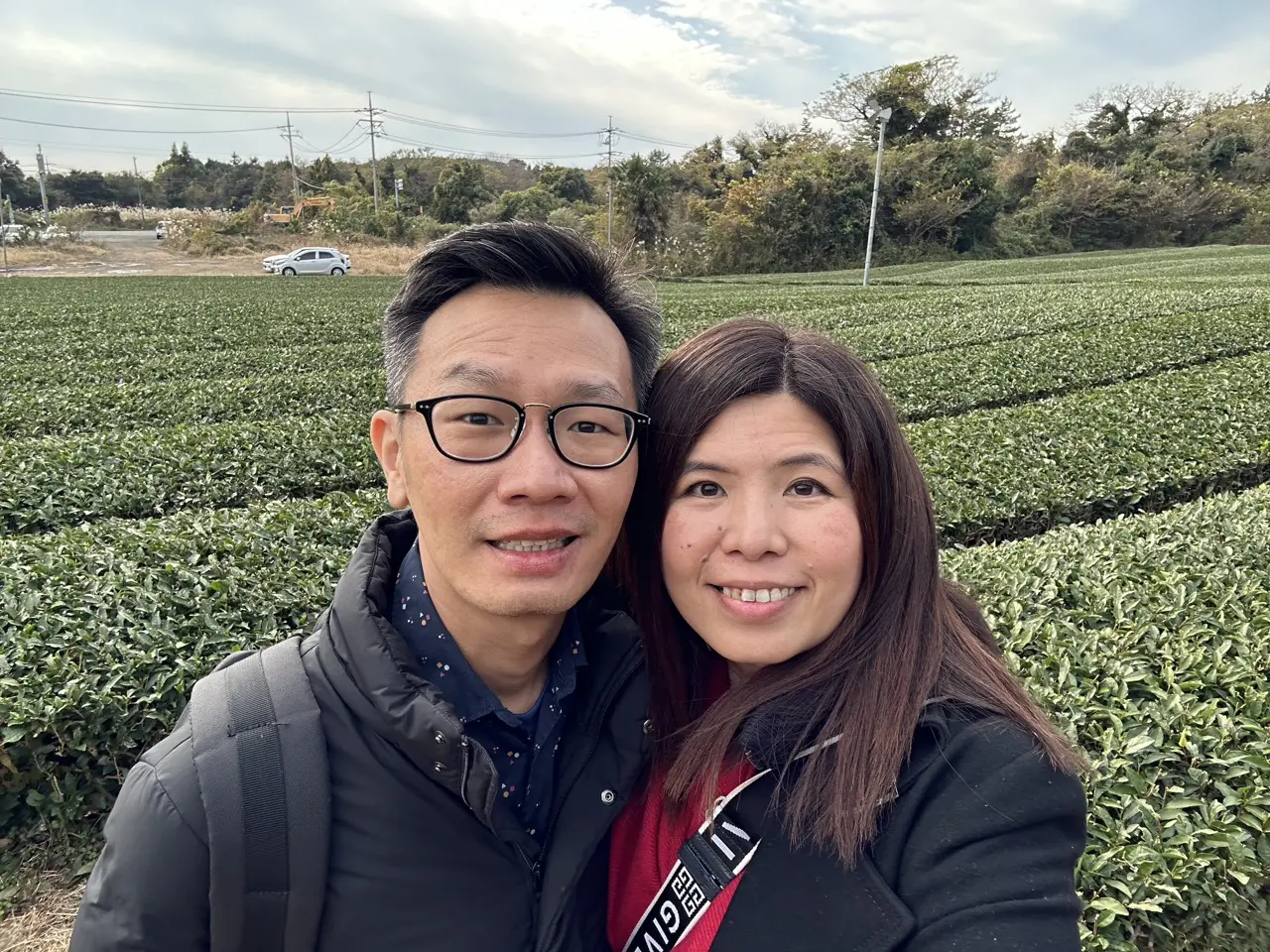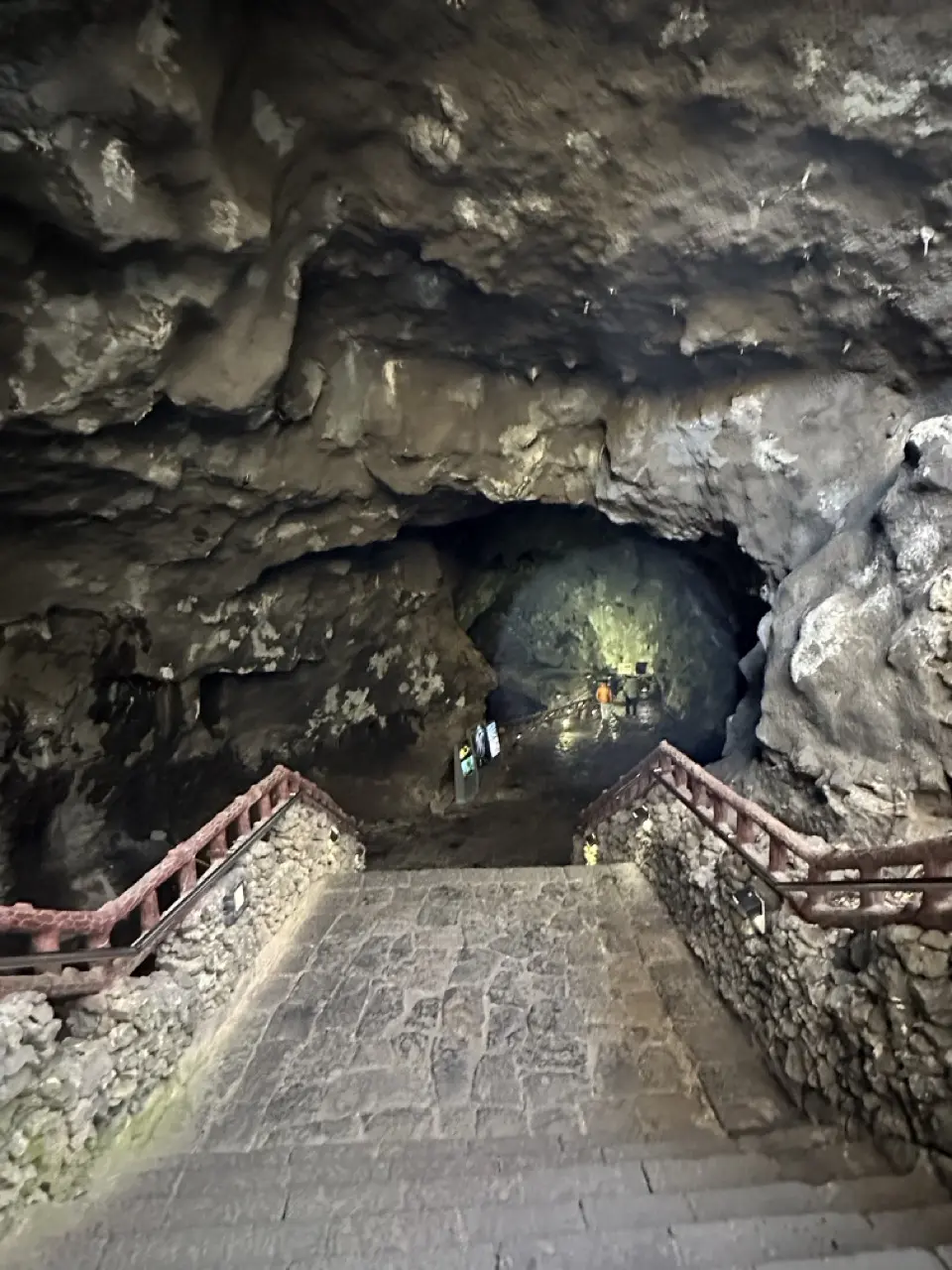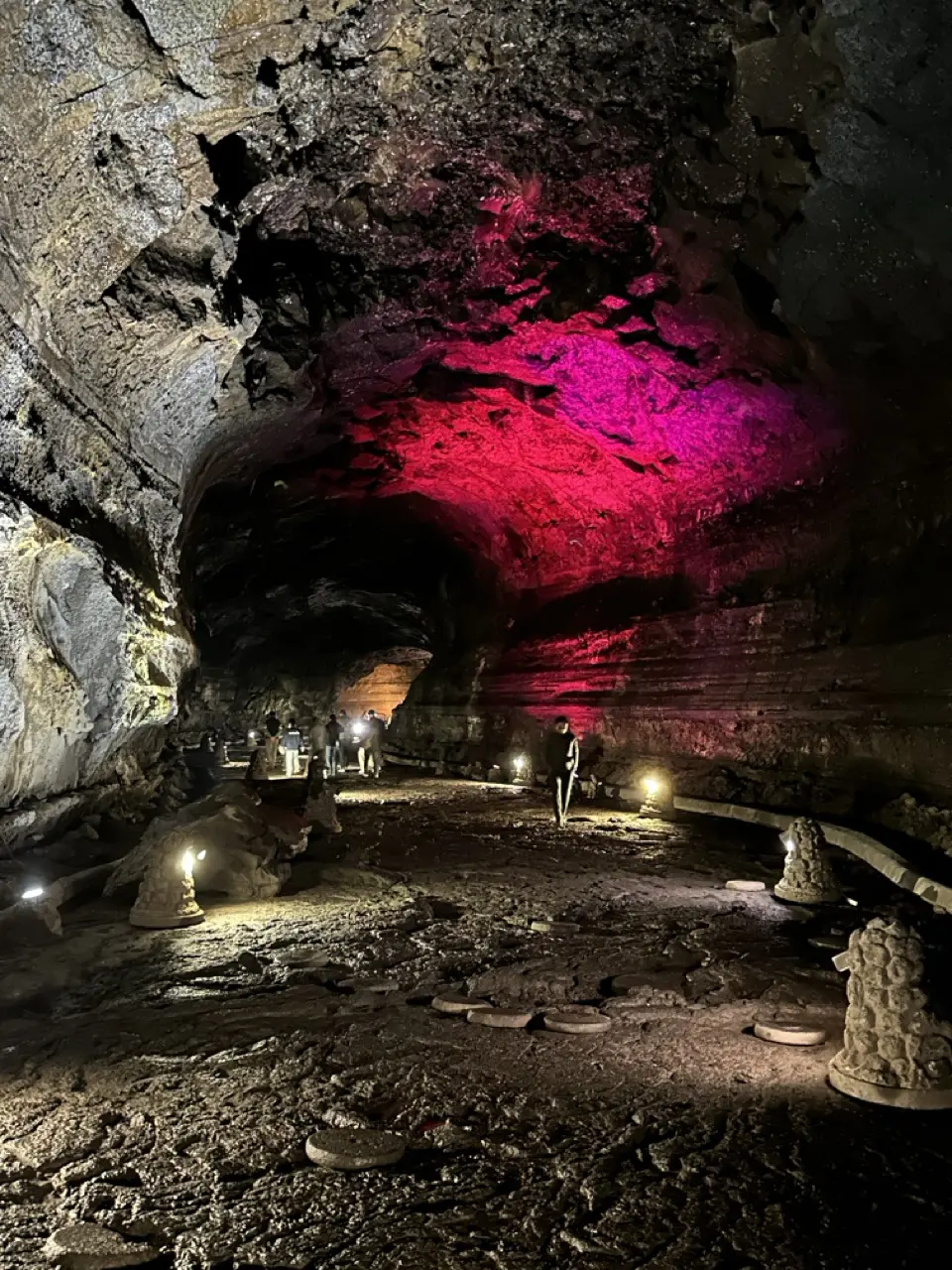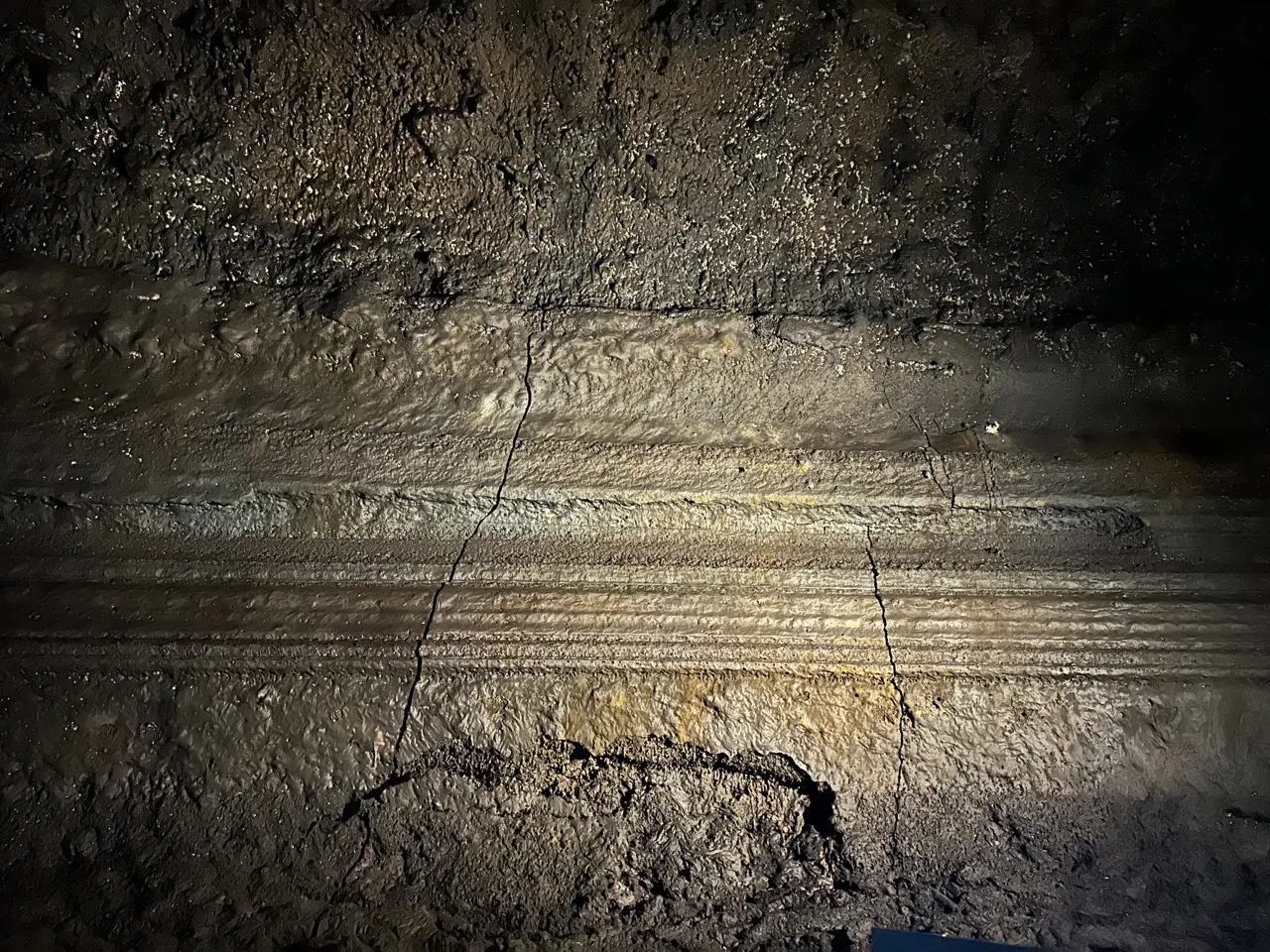Jeju Island Trip (Part 2)
1 - 8 Dec '23
This is Part 2 of our holiday in Jeju blog. It continues on 4 December, Monday, after climbing Hallasan on Sunday.
Day 4
As our legs were still sore from the climb, we woke up slightly later on Monday morning. We initially thought of just resting in but decided against wasting the beautiful day.
After taking brunch at a Paris Baguette outlet near our hotel, we went to Ossuloc Tea Museum. It is famous for its tea which are grown on volcanic soil as well as its Instagrammable tea plantation, desserts and building.

We were greeted by a contemporary-looking building with an black truck outside the entrance. Upon entering, we could smell a waft of tea leaves in the air. We were treated to different teas at the entrance, to prepare us for the eventual shopping at the souvenirs section. After browsing the souvenirs for about 10 minutes, we walked up to the open-air section on the third floor to take some photos. We could feel the strain on our thighs and calves from the previous day's activity.

After that, we went to the plantation fields to take more photos. We enjoyed the fresh air and clear blue skies. Once we were done, we went in to the cafe to have tea and dessert. We made our own tea by following the instructions on a card. The tea had to be poured out fully from the tea pot after 2 minutes, otherwise it would turn bitter. True enough, our tea was light and fragrant. It paired well with the matcha roll and soft serve. After finishing our tea and desserts, we purchased some tea products from the souvenir shop and walked to the nearby Innisfree.


After that, we walked to the Jeju Aerospace Museum, which was about a 20-minute walk away. The museum's main attraction was the collection of fighter planes used by South Korea, such as those during the Korean War. It was a rich source of history on the development of aircraft technologies.




The other exhibits were based on the outer space, which featured mock artifacts of rockets and space rovers. We concluded our visit to the aerospace museum in around 2 hours. By that time, the museum was closing and the sun had set. So, we travelled back to Jeju city to have dinner before retiring for the night.


Day 5
The following day, we visited the eastern part of Jeju. Our first stop was at Seongsan Ilchulbong. Designated as a Natural World Heritage Site by Unesco, it is a steep sloped cone (otherwise known as tuff cone) formed by volcanic eruptions. By now, I believe almost every interest geographical structure here are due to volcanic eruptions 😊.

It was an easy hike up. It would take around 15 minutes if one were to hike up it without stopping. It took us around double the time as we stopped frequently to take photos.




The view of the cone at the top was breathtaking. Vegetation had grown on it over the years, forming a vast green space. After resting for a while and having taken enough photographs, we headed down. The route conveniently brought us to the side of the steep slope where we could see the beautiful bay.


We had spent a beautiful afternoon at Seongsan Ilchulbong, basking in the sunlight and beautiful sights. As it was still early in the afternoon, we proceeded to our next destination, the Manjanggul Lava Tube. The tube, as its name suggests, was formed by the passing of lava. It is also a UNESCO World Natural Heritage Site.



The lava tube is around 9 km long but most of it is not opened to visitors. I imagine it will pose a safety risk if the whole stretch was opened. We walked down a flight of stairs to reach the cave entrance. It was cool inside the cave, even cooler than the already winter-like temperature on ground level. What amazed me was the sheer size of the circumference of the tube. The circumference of the tube is not consistent throughout. It had depended on the hardness of the rock material during the tube's formation. At its largest, I think the tube could fit an aeroplane.



What amazed me was the sheer size of the circumference of the tube. The circumference of the tube is not consistent throughout. It had depended on the hardness of the rock material during the tube's formation. At its largest, I think the tube could fit an aeroplane.




After a captivating 30-minute stroll, we arrived at the end of the lava tube opened to visitors. Standing majestically before us was the world's tallest lava column, soaring to an impressive height of 7.6 meters.

After taking a few photographs, we walked back to the entrance. The return journey was noticeably quicker since we were revisiting familiar sights. On our way back to our hotel, we stopped at a small town to wait for next bus. As we had around half an hour to spare, we walked around the town centre, which had a elementary school and a supermarket. The town had a relaxed setting, with school children playing at the field, waiting for their parents to fetch them home.


Once we reached Jeju city, we stopped at Dongmun Traditional Market to do some shopping. The street which lined the market was filled with tourists, with store owners trying their best to sell local produce to interested tourists. After having our dinner and buying some local snacks, we went back to our hotel. This marks the end of Part 2 of our Jeju trip. Stay tune for Part 3, the final chapter of our Jeju trip.